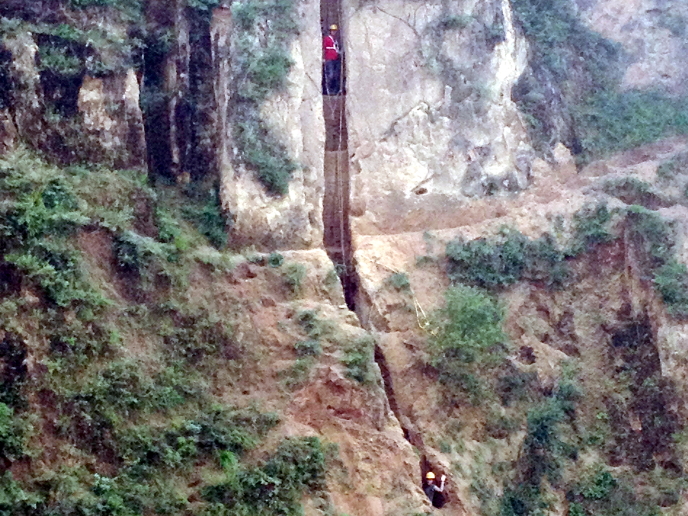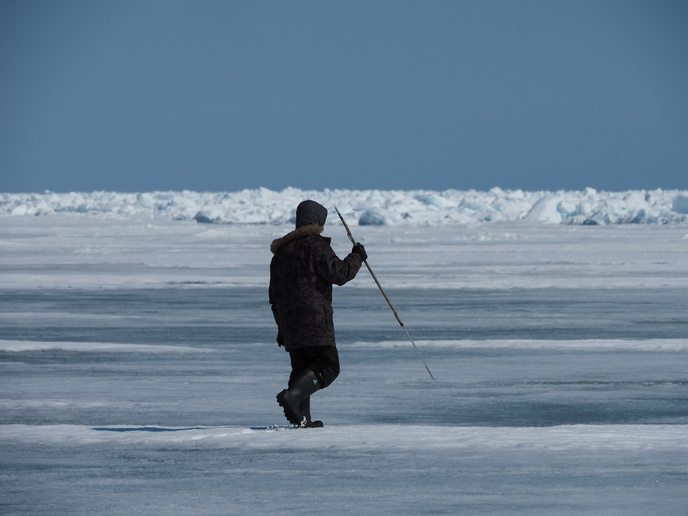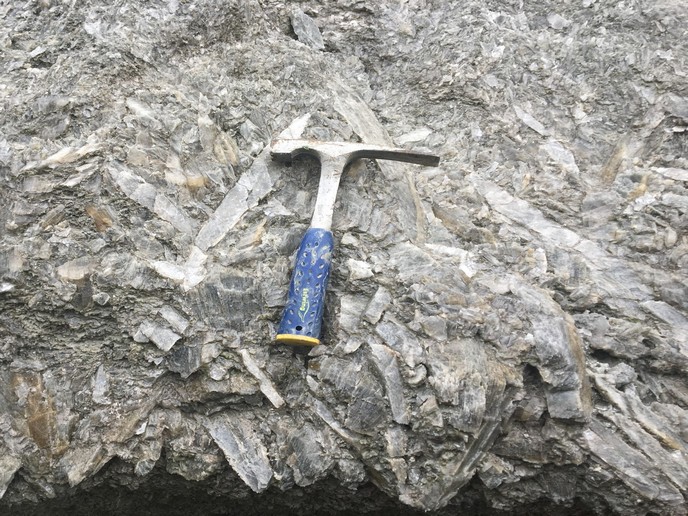Volcanic ash study could strengthen climate modelling
While ice formation has a major influence on the properties and lifetime of clouds, it remains one of the least well understood processes indirectly affecting Earth’s climate. Water droplets in the atmosphere can remain liquid down to -37 °C before freezing. However, in the presence of airborne particles called ice-nucleating particles, supercooled water droplets can freeze at warmer temperatures, between -37 and 0 °C. “Achieving a better understanding of how these airborne particles behave is essential to accurately representing ice formation in computer models,” explains Elena Maters who was funded with the support of the Marie Skłodowska-Curie Actions programme, based at the University of Cambridge, United Kingdom. “This in turn is critical to improving our understanding of atmospheric and climate systems.” There is widely held agreement that desert dust carried by wind is one of the most important ice-nucleating particle types. But while research into the impact of volcanic ash on ice formation has increased in recent years, some field and laboratory studies present conflicting evidence. “It is not clear what drives the large variations observed in the ice-nucleating activity (INA) of ash,” says Maters, currently a Leverhulme Early Career Fellow at Cambridge. “It could relate to the chemical composition, crystallinity or mineralogy of the solid particles. But this has not been systematically investigated before now.”
Behaviour of ash
The overarching objective of the INoVA project, coordinated by the University of Leeds, United Kingdom, was to understand what determines the INA of volcanic ash. This included seeing whether interaction of ash with gases and condensates in the eruption plume and atmosphere could impact INA. “Various techniques were used to generate and treat powdered samples, analyse their properties and measure ice nucleation,” notes Maters. Experiments on a range of ash and glass samples allowed Maters to separate the influence of chemical composition and mineralogy on INA. “Laboratory simulations of eruptive and atmospheric processes were also carried out,” she adds. “These allowed us to study changes in INA due to thermal and chemical alteration, as occurs during the transport of ash through the eruption plume and atmosphere.”
Accurate climate models
A key project finding was that ash is better at nucleating ice than glass, suggesting that crystalline components play an important role. “The most ice-active samples contained alkali feldspar, plagioclase feldspar and pyroxene minerals, leading us to speculate that the eruption of felsic to intermediate magma might give rise to ice-active ash,” says Maters. The project also found that the INA of ash can be enhanced or depressed by various ash-gas and ash-condensate interactions, for example with water, sulfur dioxide or sulfuric acid. “The increase in INA observed after ash exposure to sulfur dioxide at high temperatures was particularly surprising,” Maters notes. Information collected on ash, such as ice-nucleating particles, can be integrated into meteorological and climate computer models, delivering results that could be of value to volcanic ash advisory centres and meteorology offices. Part of Maters’ work has been published in the academic journal 'Atmospheric Chemistry and Physics', while three additional research papers are in preparation. “Other outreach activities, including a public discussion on volcanic hazards communication, were valuable opportunities to share knowledge,” concludes Maters. “Once all this work is published, it will provide a foundation of new insight on volcanic ash ice nucleation and pave the way for exciting future work in this area.”
Keywords
INoVA, volcanic, weather, climate, ash, ice, atmosphere, earth, nucleation, meteorological, felsic, magma, INA







